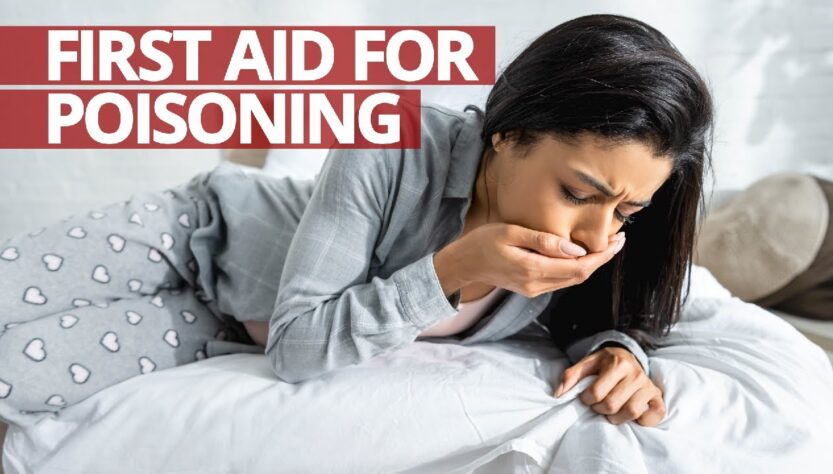Understanding the Risks
Accidental poisoning can happen in any home, posing a significant threat, especially to children. Understanding common household hazards and knowing how to respond can make a crucial difference in providing effective first aid for poisoning incidents.
“Leveraging Tech Tools for Improved Financial Advisory. Explore innovative software and platforms to streamline processes and enhance client experiences. Embrace technology to deliver more personalized and effective financial guidance.”
Identifying Common Household Poisons
Identifying common household poisons is the first step in prevention. Substances such as medications, cleaning products, pesticides, and certain plants can be toxic if ingested, inhaled, or come into contact with the skin. Be aware of potential dangers and store hazardous materials out of reach of children.
Immediate Response Measures
If you suspect someone has been poisoned, take immediate action:
1. Call Emergency Services:
Dial emergency services immediately. Provide them with all the necessary information, including the age and weight of the individual, the substance ingested, and any symptoms they are experiencing.
2. Do Not Induce Vomiting:
In most cases, it’s not recommended to induce vomiting unless advised by medical professionals. Some substances can cause more harm if brought back up.
3. Provide Information:
While waiting for emergency help, gather information about the substance ingested. Look for containers, labels, or any relevant information that can assist medical professionals in providing appropriate treatment.
Specific First Aid Measures
The first aid approach varies based on the type of poisoning:
1. Ingested Poisons:
- If the poison is acidic or corrosive, do not give fluids.
- For non-corrosive substances, encourage sips of water or milk if the person is conscious and not having difficulty swallowing.
2. Inhaled Poisons:
- Move the person to fresh air immediately.
- If the person is not breathing, begin CPR and continue until medical help arrives.
3. Contact Poisoning (Skin or Eyes):
- Rinse the affected area with water for at least 15 minutes.
- Remove contaminated clothing carefully.
4. Poisoning from Plants:
- Wash any plant material from the skin and mouth.
- Call a Poison Control Center for guidance.
Poison Control Centers
Know the contact information for Poison Control Centers in your area. In the United States, you can reach Poison Control at 1-800-222-1222. Having this number readily available can provide immediate guidance in case of poisoning emergencies.
Prevention Strategies
Prevention is key in avoiding accidental poisoning incidents:
1. Secure Medications:
Keep medications in their original containers, and store them out of reach of children.
2. Lock Up Hazardous Materials:
Lock cabinets containing cleaning products, pesticides, and other hazardous substances.
3. Use Childproof Containers:
Choose childproof containers for medications and household chemicals whenever possible.
4. Educate Family Members:
Educate everyone in the household about potential dangers and the importance of not consuming or touching unknown substances.
5. Proper Disposal:
Dispose of expired or unused medications and hazardous materials safely according to local guidelines.
In conclusion, navigating first aid for poisoning involves swift action and knowledge of common household hazards. By understanding potential risks, taking immediate response measures, and implementing prevention strategies, we can create safer environments for ourselves and our loved ones. Always seek professional medical advice in poisoning emergencies and follow the guidance of Poison Control Centers.


